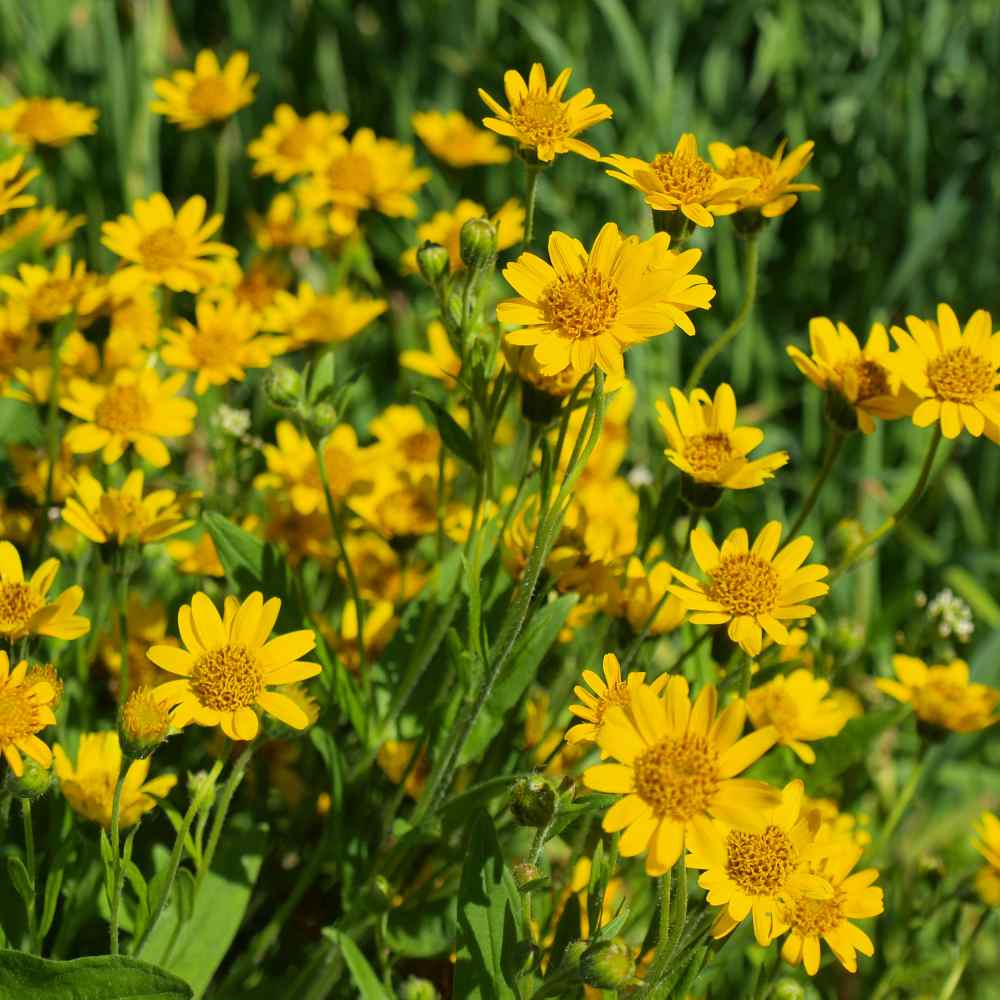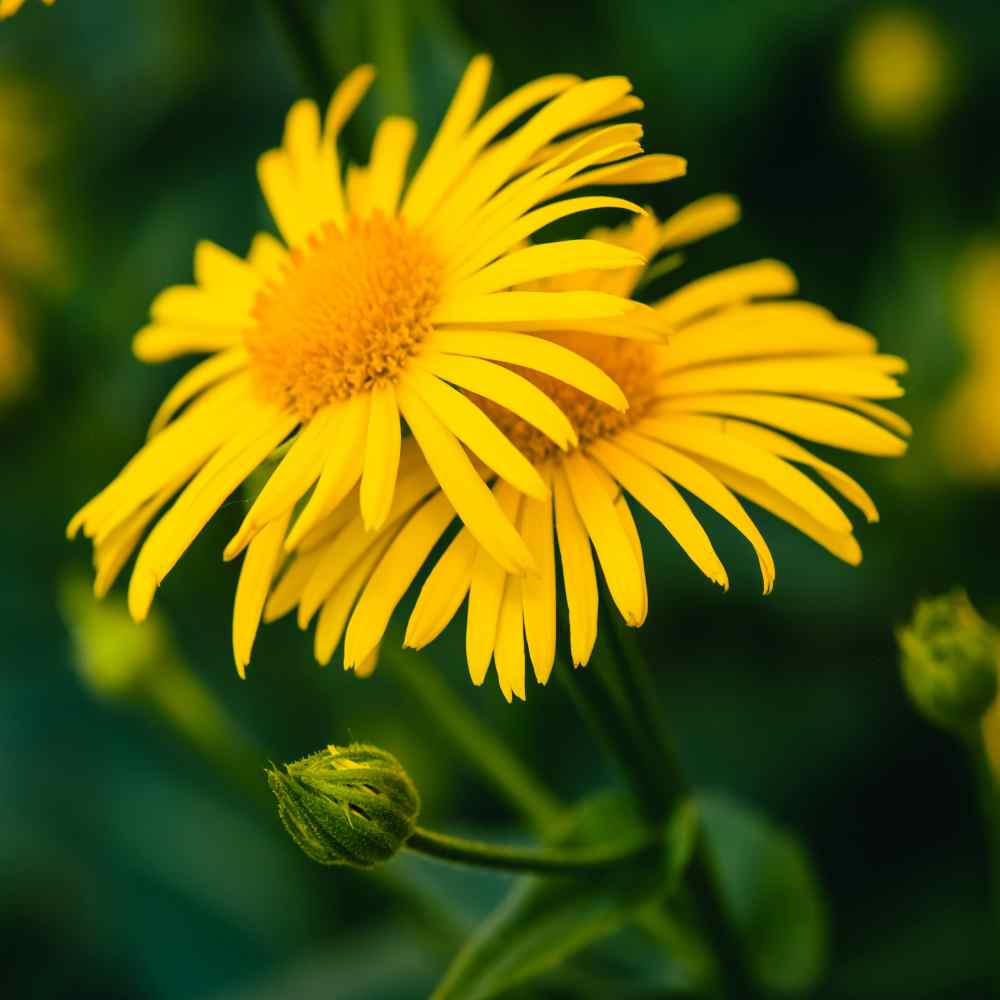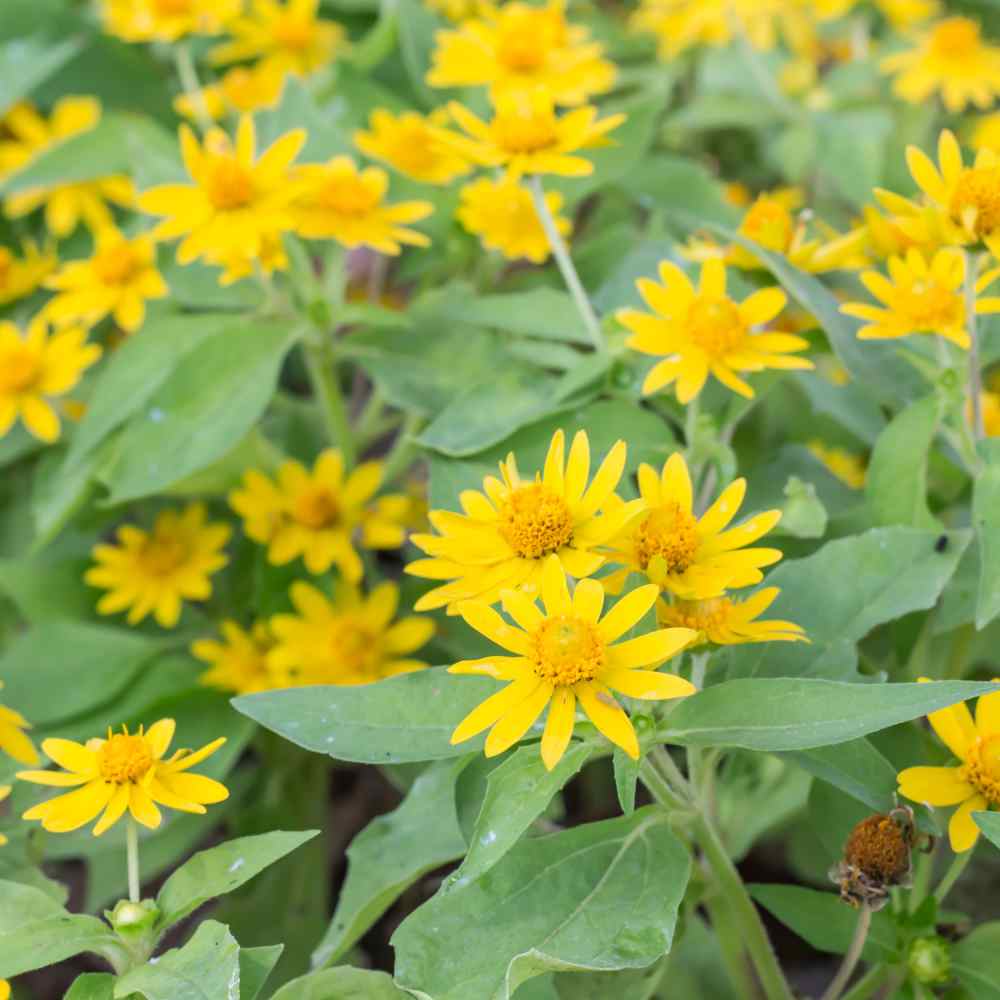-
CATEGORY ::
- All Seeds /
- All Herb Seeds




Arnica Seeds
SEASON
Perennial
USDA ZONES
5 - 8
HEIGHT
20 inches
BLOOM SEASON
May - July
BLOOM COLOR
Yellow
ENVIRONMENT
Full sun to partial shade
SOIL TYPE
Acidic soils, avoid lime
DEER RESISTANT
Yes
SEASON
Perennial
USDA ZONES
5 - 8
HEIGHT
24 - 36 inches
BLOOM SEASON
Late spring through summer
BLOOM COLOR
Mix
ENVIRONMENT
Full sun
SOIL TYPE
Well-drained, pH 5.8 - 6.8
DEER RESISTANT
Yes
SEASON
Perennial
USDA ZONES
3 - 7
HEIGHT
16 - 24 inches
BLOOM SEASON
Mid summer to early fall
BLOOM COLOR
Green
ENVIRONMENT
Full sun to partial shade
SOIL TYPE
Rich, well-drained soil, pH 5.6 - 6.5
DEER RESISTANT
Yes
SEASON
Perennial
USDA ZONES
7 - 11
HEIGHT
14 inches
BLOOM SEASON
Mid spring to late summer
BLOOM COLOR
Purple
ENVIRONMENT
Full sun
SOIL TYPE
Light, sandy soil, pH 5.6 - 7.5
DEER RESISTANT
Yes
HOUSE PLANT
Yes
SEASON
Biennial
USDA ZONES
5 - 10
HEIGHT
40 - 55 inches
BLOOM SEASON
Late spring to mid summer
BLOOM COLOR
Pink
ENVIRONMENT
Full sun
SOIL TYPE
Grows in any type of soil, pH 6.6 - 7.8
DEER RESISTANT
Yes
SEASON
Annual
USDA ZONES
5 - 9
HEIGHT
20 - 24 inches
BLOOM SEASON
Mid summer to early fall
BLOOM COLOR
Yellow
ENVIRONMENT
Full sun
SOIL TYPE
Well drained, dry, rocky, poor soils
DEER RESISTANT
Yes
SEASON
Perennial
USDA ZONES
4 - 9
HEIGHT
36 inches
BLOOM SEASON
Summer
BLOOM COLOR
Purple
ENVIRONMENT
Full sun to partial shade
SOIL TYPE
Well-drained, pH 5.8 - 7.2
DEER RESISTANT
Yes
HOUSE PLANT
No
SEASON
Perennial
USDA ZONES
3 - 9
HEIGHT
24 - 36 inches
BLOOM SEASON
Summer
BLOOM COLOR
Yellow
ENVIRONMENT
Full sun to partial shade
SOIL TYPE
Moist, well-drained soil of average fertility
DEER RESISTANT
Yes
About...
Mountain Tobacco (Arnica Montana) - Also called Leopard's Bane, Wolf's Bane, Mountain Tobacco, and Mountain Arnica. Arnica montana is sometimes grown in herb gardens and has long been used medicinally.MORE HERB OPTIONS
Planting Directions
TEMPERATURE
68F
AVERAGE GERM TIME
21 - 28 days
LIGHT REQUIRED
Yes
DEPTH
1/4 inch
SOWING RATE
2 - 3 seeds per plant
MOISTURE
Keep seeds moist until germination
PLANT SPACING
24 inches
Mountain Tobacco (Arnica Montana) - Also called Leopard's Bane, Wolf's Bane, Mountain Tobacco, and Mountain Arnica. Arnica montana is sometimes grown in herb gardens and has long been used medicinally. This daisy-like mountain flower can be used for: bruises, sprains, soreness and swelling/muscle spasms from sports activity; arthritis set off by seasonal change; general muscle and joint pain. Some people are sensitive to the compound helenalin found in arnica. If you develop a mild rash, then you are probably helenalin-sensitive and should stop using arnica.
As an herb, arnica is usually used topically (on the skin) because it can cause serious side effects when taken by mouth. Oral homeopathic remedies do contain arnica, but they use a diluted form that is not considered dangerous. If you have any question about whether you have the herbal or homeopathic form of arnica, talk to your doctor.



























